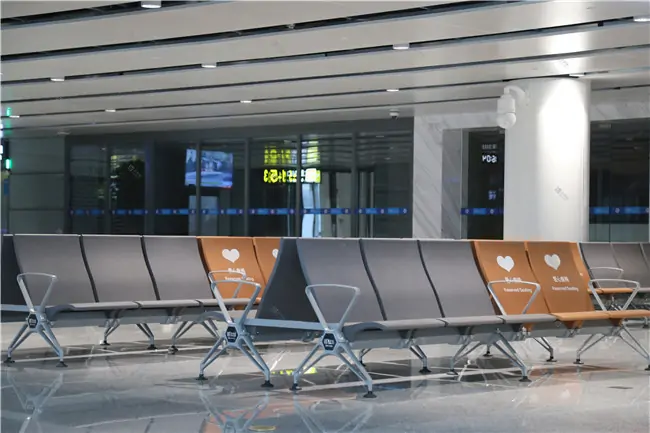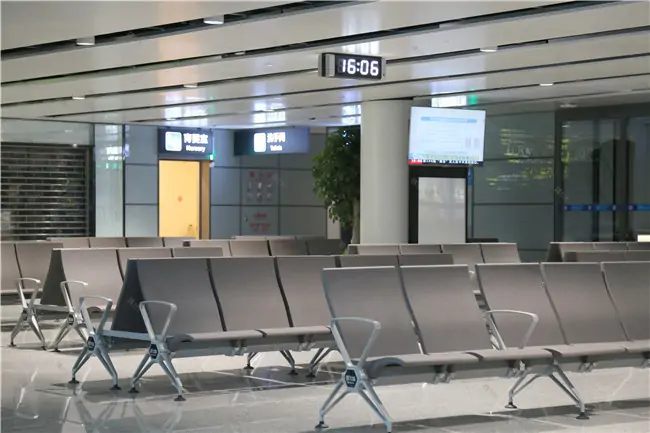Airport seat is critical to passenger experience. Durability, aesthetics, and the right quantity are just some of the factors that airports and architects must consider when looking for the best airport seats. At the same time, the latest innovations in materials and design will also influence the type of seats that airports choose and where they are placed. The number and ranking of airport seats should be carefully planned. How many airport seats need to be arranged at an airport? The key to this question is to strike a balance between seating layout, floor area, and customer needs.The layout of the airport space is usually specified by the airport management, based on the needs of the commercial area and the passenger area leased by the airline.

In the gate area, seat selection usually depends on each passenger's level of service. If a higher level of service is required, the area required per person will also increase. Most airports assess the size of planes using gates and then predict how many passengers will choose to stand or browse retail stores before boarding to determine the number of seats. When purchasing a airport seat, we look at a few particular factors. Power sockets, support, comfort, and maintenance are all essential, along with durable seats, easily replaceable seat pads, and ample spare parts.
One of the biggest challenges facing airports is maintaining the quality of airport seats. An airport has millions of passengers per year, and the average lifespan of a airport seat is about 20-30 years. Many factors can affect airport seat life. Frequent use is the main factor, but improper cleaning can age seat pads and poor maintenance can degrade quality. Overnight passengers sleeping on the airport seats can also damage seat pads, and even sun exposure can have a long-term effect. In addition to durability, the location of the seats within the airport is also an important factor. For example, airports and architects are more willing to invest in premium seats in VIP lounges, while seats in public areas such as gates require more durable padding. Therefore, architects and designers need to pay attention to the changes in future passenger needs, so as to ensure the best passenger experience as possible.
